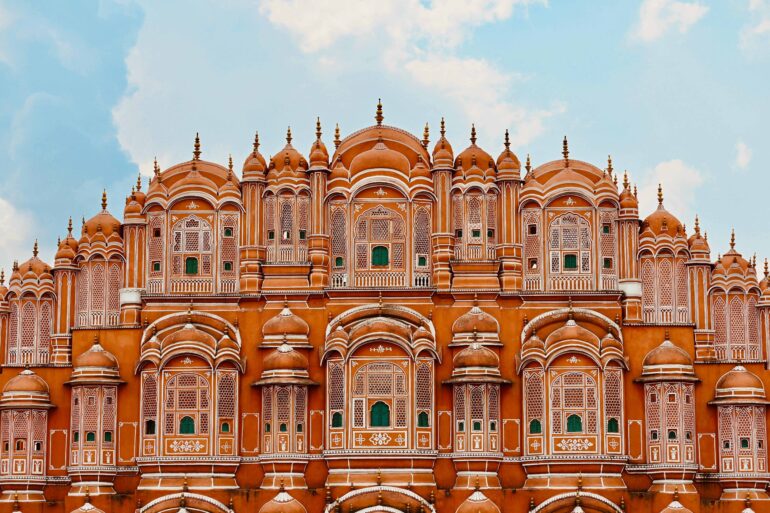If the word “Rajasthan” makes you think mainly of huge forts, grand palaces from the time of the Rajput kings, rich dishes like Dal Bati Churma dripping with ghee, and women in bright skirts dancing beautifully, you’re not the only one. Though the state continues to remain on the travel plans of tourists in India and abroad as a hot destination, there are segments with immense recreational potential that are untapped and underexplored. Let us introduce you to three unique ways to explore the Rajputana, that you should take up before the world gets to know about them!
Archaeological Relics
Not many are aware that several sites of the Indus Valley Civilization, one of the first human civilizations in the world, lie in Rajasthan. Kalibangan near Hanumangarh city is among these sites; it shows remnants of a town that flourished from 3500 BC to 1750 BC. Excavations have led to the discovery of earthenware, the world’s first ploughed field, and ritualistic fire altars. The antiquities are available in a museum near the site. Sites Karanpura and Baror are also nearby. Apart from Indus, the proven presence of other cultures here truly makes Rajasthan a treat for archaeology lovers. Gilund (Rajsamand), Balathal (Udaipur), and Ganeshwar (Sikar) are the other must-visit places for getting a taste of prehistory.
Lesser-Known Forts
As per some estimates, there are close to a hundred forts and fortifications on hills and different terrains in the state. Some are, of course, already well known and thronged by tourists round the year; the likes of Hawa Mahal, Jal Mahal, Ummaid Bhawan, and Amber Fort fall into this category. But here are a few of the forts that haven’t garnered much hype, but once you visit them, you’re bound to be awestruck.
Gagron Fort, Jhalawar
Gagron, located in eastern Rajasthan, is one of the six hill forts of the state that are a part of the UNESCO World Heritage Site list. It is a combination of both – a hill and a water fort. It is surrounded by water from three rivers on three sides and looks beautiful and picturesque.
Jaisalmer Fort, Jaisalmer
The city of Jaisalmer is most popular for its never-ending sand dunes. The Fort is yet another reason to be here. Also called Sonar Quila or the Golden Fort, it rises in the desert and shines under the sun almost as if it were gold. It is constructed in the classic style of the royals of Jaisalmer by local craftsmen, and is hence a magnificent proof of indigenous architecture.
Junagarh Fort, Bikaner
Junagarh is close to the state’s northern frontiers and holds the distinction of having never been conquered. Having been constructed by one of Emperor Akbar’s generals, the fort reflects Mughal style architecture in all its glory; there are courtyards, windows, and balconies, and the fort is made from red sandstone and marble.
The majestic Aravallis
The Aravalli Range is the oldest range of fold mountains in India. Almost 350 million years old, this mountain range runs from Gujarat to Delhi (some say even further), for about 690 km, and close to 80 percent of it lies in Rajasthan. But what you might not know is that throughout the expanse, the Aravallis vary in height and vegetation type so much that they make for an adventure-ridden road trip. The highest peaks are found in the Sirohi district, namely Guru Shikhar, Dilwara, and Ser among others. Guru Shikhar is close to Mount Abu, which, believe it or not, is a hill station in this desert state! The City of Lake, Udaipur, and Kumbhalgarh are also nestled within high peaks, and the vegetation is dense, especially after monsoons. Towards Ajmer, Jaipur, and later Delhi, the peaks become less steep. The vegetation is also sparse, but hill forts like Nahargarh and Amer have a charm of their own. If road tripping is not your thing, you must give trekking a try. Starting slow with the flatter peaks around the capital will incite the adventurer in you, and then progress towards those higher than 1000 m; it is an exhilarating experience.


